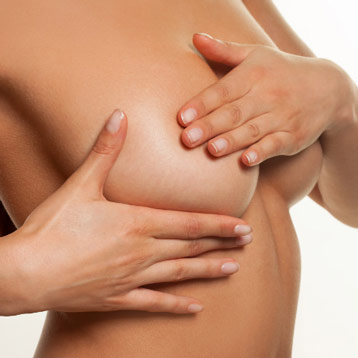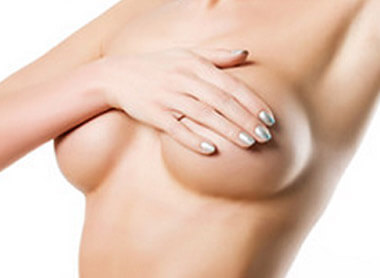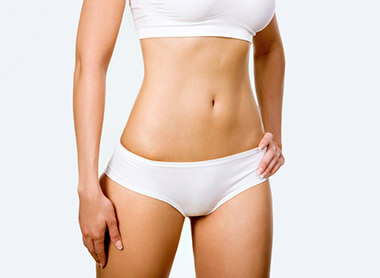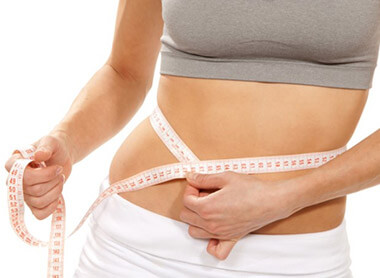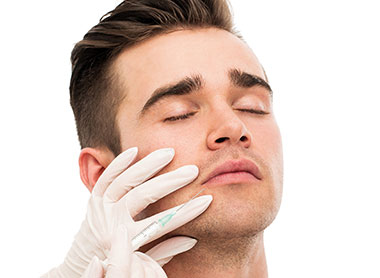The chances are excellent that you will be happy with your surgery provided that you realise all advantages (but also possible, infrequent disadvantages), benefits & effects. Cleopatra Clinic has extensive experience with breast augmentation and can responsibly recommend it if you are considering this operation. As with any other surgery, your expectations need to be realistic. Neither implants nor the best surgeon can perform magic. The minimum age is the finalisation of both general physical & breast growth - hence roughly from the age of 18. The upper limit is determined by health state enabling general anaesthesia & good healing. The breast is a symbol of femininity and sexuality. If you feel the appearance of your breasts is not in line with your wishes, for whatever reason, do not worry and visit us for advice. We will not persuade you! The decision lies entirely in your hands! We will be your expert advisor. And, if you do undergo breast augmentation surgery at our clinic, even for the period when you have implants and you come for check-ups, we will virtually be your family specialist.
Breast Augmentation with artificial implants
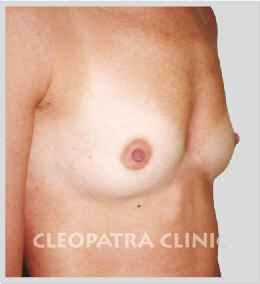
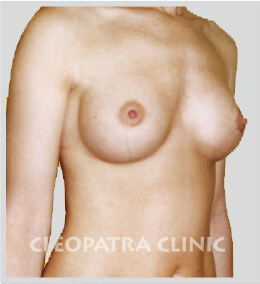
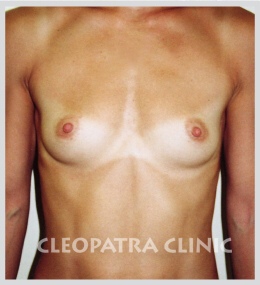
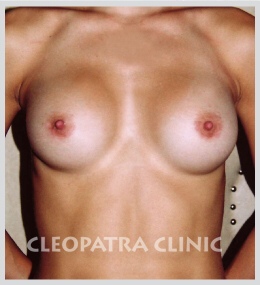
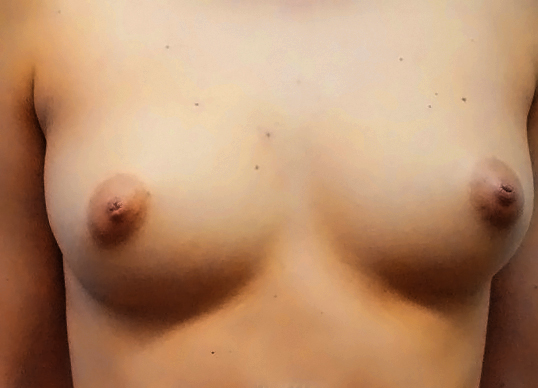
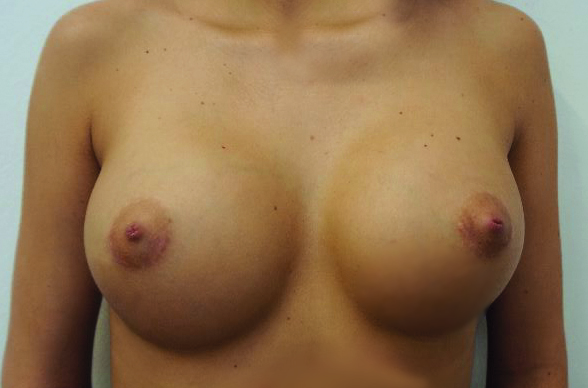
Gallery
Magnification - round silicone implants under the muscle - a scar around the courtyard
before the procedure
after the procedure
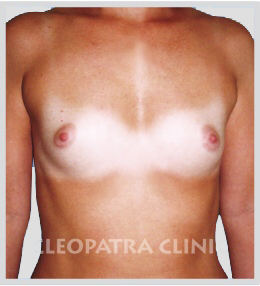
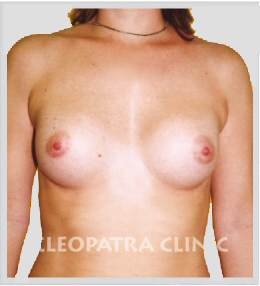
before the procedure
after the procedure
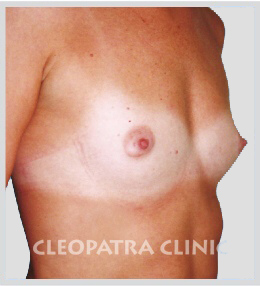
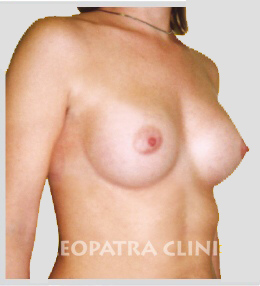
Magnification - round silicone implants under the gland, scar under the breasts
before the procedure
after the procedure
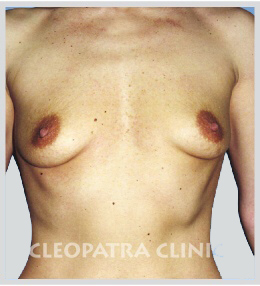
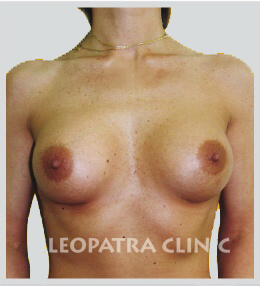
before the procedure
after the procedure
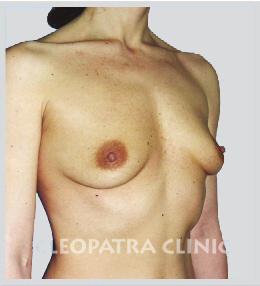
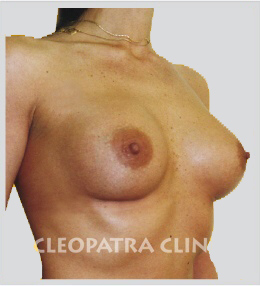
Magnification - round silicone implants under the muscle - a scar around the courtyard
before the procedure
after the procedure
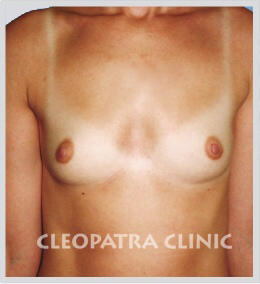
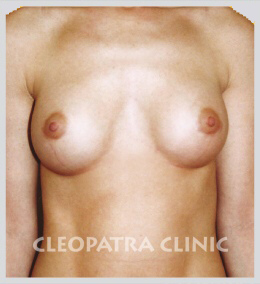
before the procedure
after the procedure


Magnification and correction of asymmetry size, round silicone implants under the muscle, scar around the yard
before the procedure
after the procedure
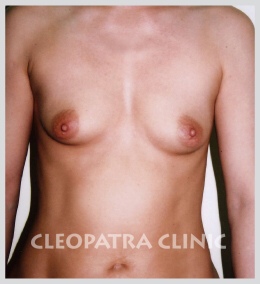
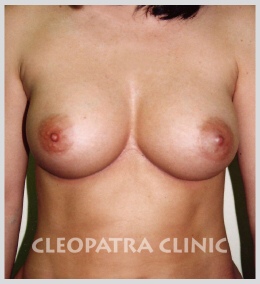
before the procedure
after the procedure
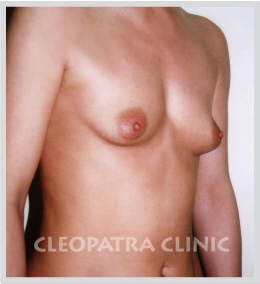

Magnification - round silicone implants under the muscle - a scar around the courtyard
before the procedure
after the procedure


before the procedure
after the procedure


Magnification - round silicone implants under the muscle - a scar around the courtyard
before the procedure
after the procedure
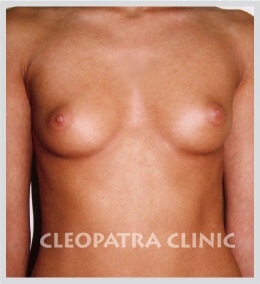
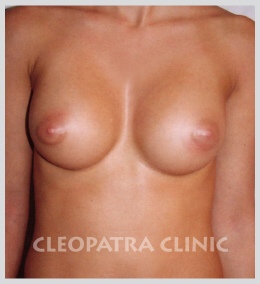
before the procedure
after the procedure
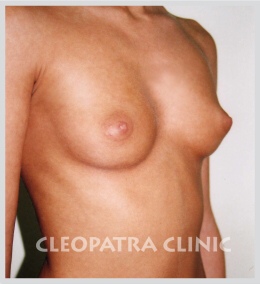
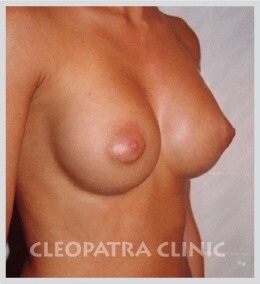
Magnification - Silicon shape on request - round silicone implants under the muscle - scar around the yard
before the procedure
after the procedure
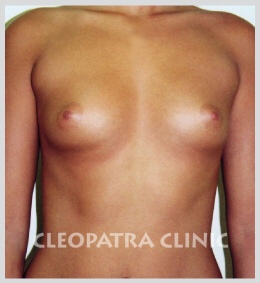
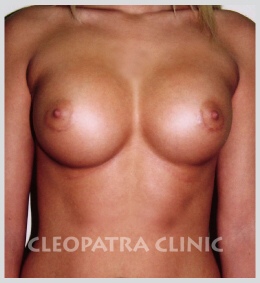
before the procedure
after the procedure
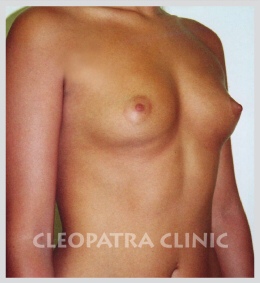
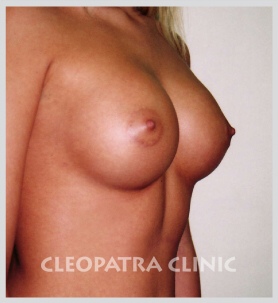
Round silicone implants under the muscle - a scar around the courtyard
before the procedure
after the procedure
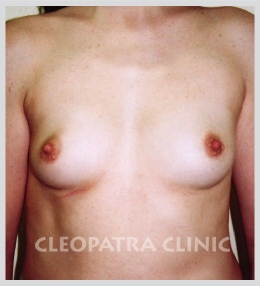
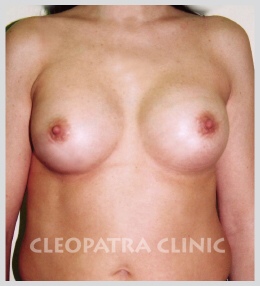
before the procedure
after the procedure
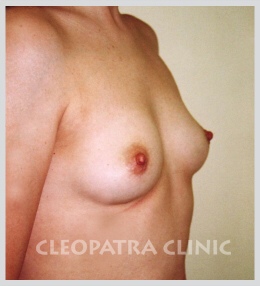
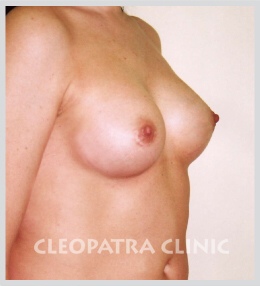
Rounded silicone implants under the muscle - a scar in the armpit
before the procedure
after the procedure

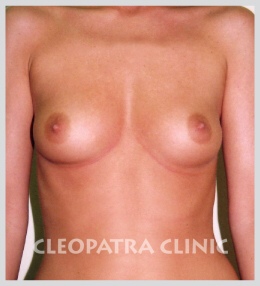
before the procedure
after the procedure
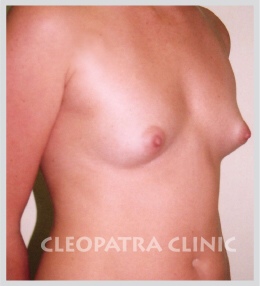
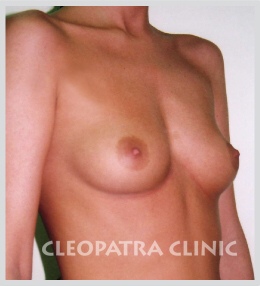
before the procedure
after the procedure
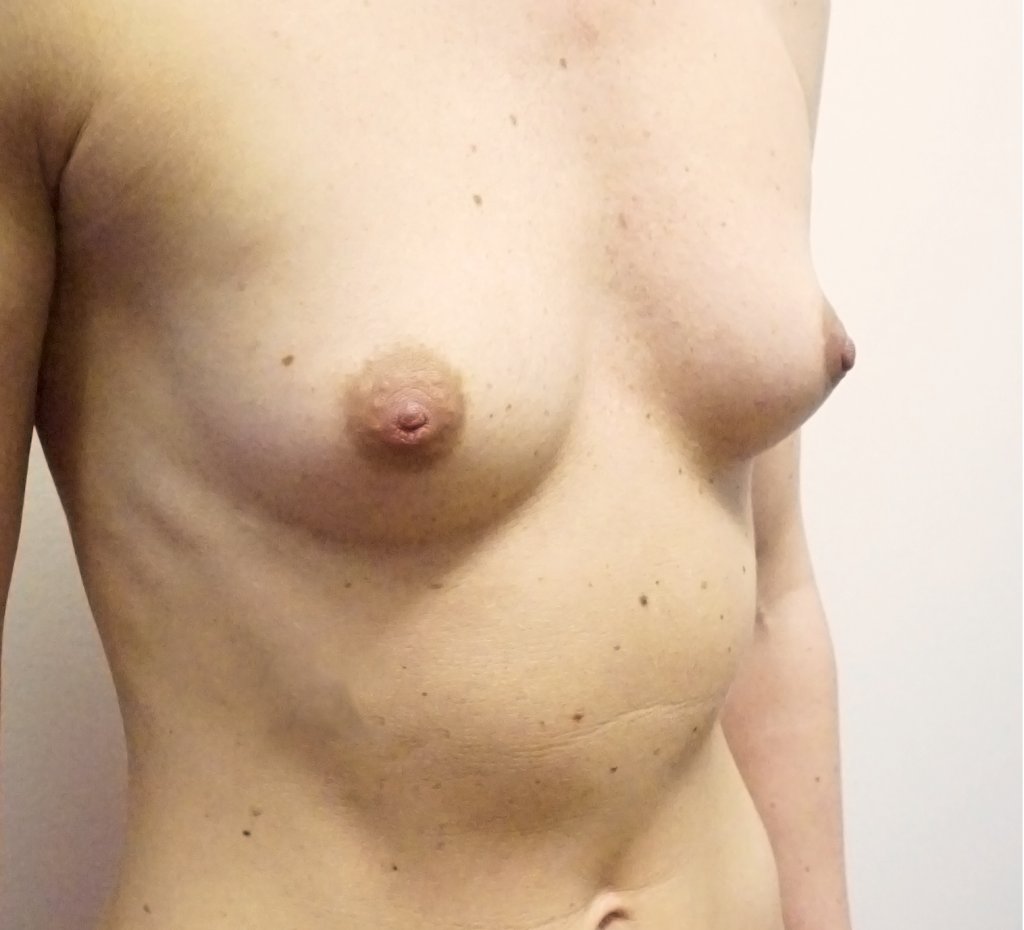
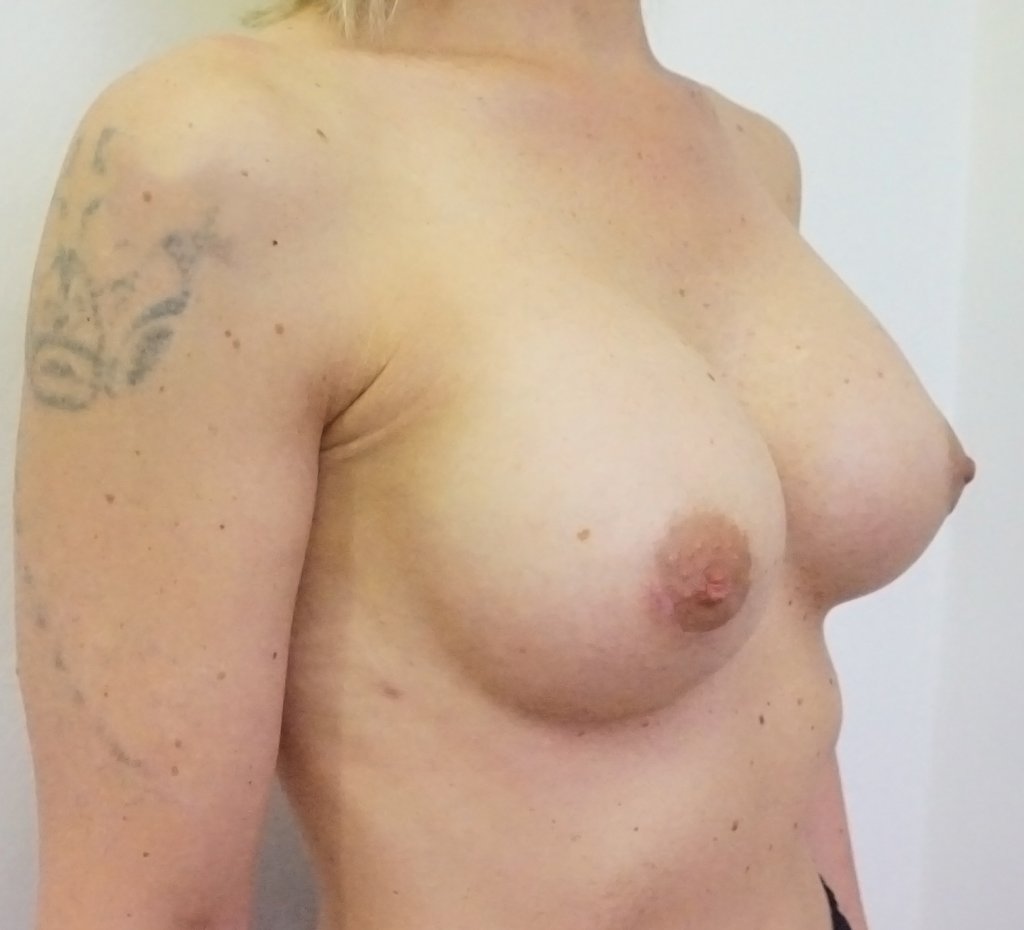
before the procedure
after the procedure
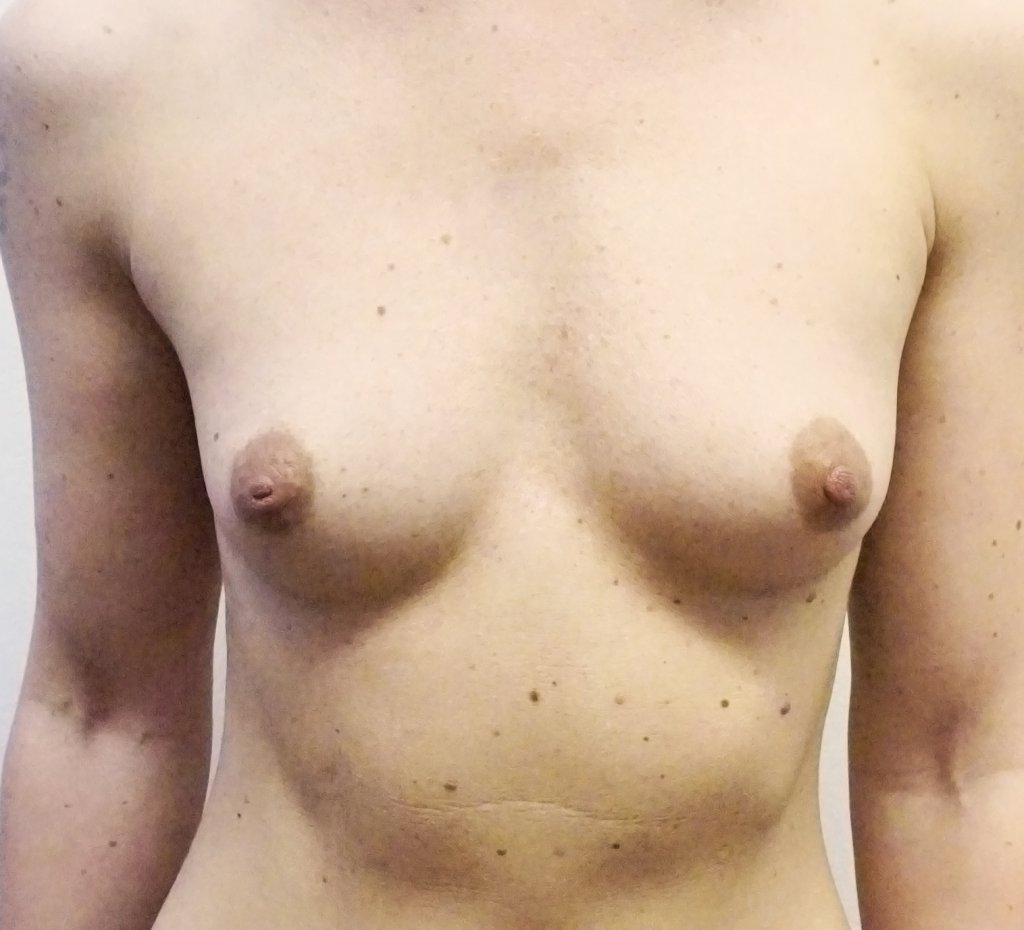
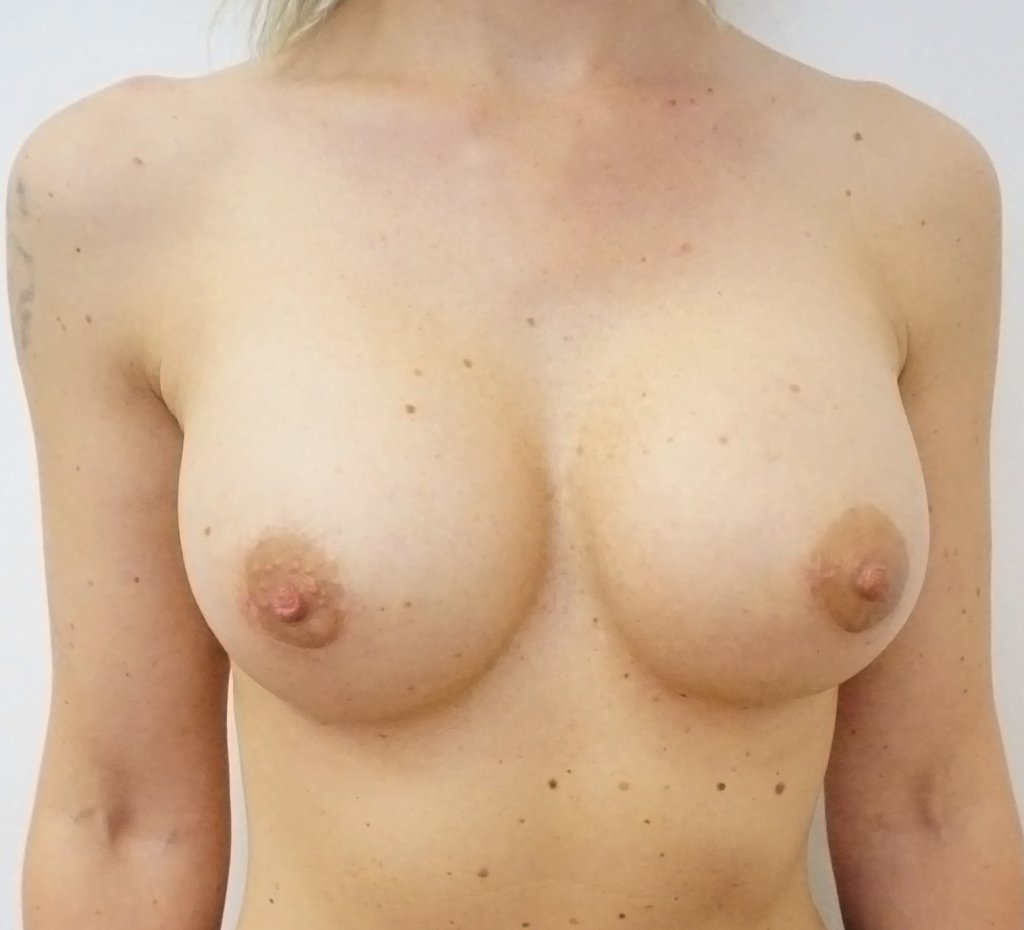
before the procedure
after the procedure

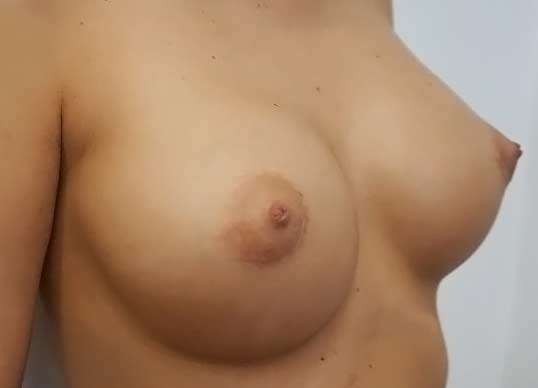
before the procedure
after the procedure


Introduction
Breast augmentation is the most popular of all cosmetic procedures. The goal is to enhance small or asymmetric breasts or correct sagging breast with synthetic material. It is estimated that in the last 35 years, more than 3 million women in the world have received breast implants; and each year this number increases in tens of thousands. A lot of women consider breast augmentation to enhance their size or shape or because they are convinced their breasts are too small, asymmetric in shape, sagging or unattractive. Some women have breasts which are not fully developed, asymmetric in size or have changed their shape and size after pregnancy, change in body weight or because of aging. If you decide to undergo breast enlargement surgery, this decision should be entirely yours & should be meant to please you more than anybody else.
As with any other cosmetic surgery, breast augmentation cannot solve problems of vital importance, intimate relationships, etc., but it can help the patient to feel much better about her body and increase self-confidence. Never let anyone interfere into your decision making, no matter what procedure is involved and whether the words of other people has the ‘intention’ of helping you or not! All prospective benefits will be discussed at your consultation. Nowadays, a woman considering breast augmentation can choose from a large variety of methods and alternatives. This should make it possible to reach breast appearance and results closely according to her wishes. These include choices: implant type, its size, placing & incision siting. Apparently each method has its pros & cons and as long as the patient is totally informed about these, she and the surgeon will be able to choose the best one.
To do so, it is absolutely essential to visit a plastic surgeon who offers these methods, and has enough experience with various ways of placing the implants, as well as access scars! If not, you will be pushed to accept a conventional method, and, considering the diversity of women’s breast, this is not the way to do it. Still, there is one rule that governs - IMPLANTS ONLY AUGMENT EXISTING SHAPE! It would be unwise to expect miracles - augmentation will not lift too-sagging breasts, it cannot turn strikingly unbeautiful breasts into those of cover girls, or convert zero size into gigantic breasts. Your expectations must be realistic - this is the prerequisite for your satisfaction, the rule applies here more than anywhere else. Implants are not unlimitedly powerful and even the best plastic surgeons are not wizards!
Basic facts about breast implants
Recently, there have been rumours about the safety & reliability of breast implants in human body. Because of this, there were some women arriving at the consultation asking for implants made of any material but silicone. But you should know that the shell of all high-quality implants is made of silicone. It is the filling material that may vary - which gives rise to various implant types including saline (salt-water solution - currently preferred in USA) or pure silicone gel. This exists in two types: simple and cohesive gel (Mentor, McGhan etc.). Other implant fillers include: sugar-salt gel (Hydrogel), or soya oil filler (Trilucent), which was temporarily used in UK, but did not prove longevity-suitable after further maker’s lab-tests, and was consequently removed from the market. According to our information, Trilucent implants have not been officially used in the Czech Republic. Before any novelty is introduced, there are strict long-lasting safety studies. Silicone gel implants are currently the most common type. In Europe, the sales figures show these proportions: 70% silicone, 15% saline and 15% for alternative fillers such as Hydrogel, polyurethane etc. As silicone gel implants have been in production since 1963, both producers and surgeons have a 40+ years experience with these types. During this period, the development of silicone implants has earned a number of qualitative changes and improvements: for example the introduction of a rough-surfaced shell (the number of fibrous contractures was dramatically reduced) or an important change to the silicone gel structure -cohesive homogeneous polymerized silicone gel (in order to prevent the silicone content from escaping through the shell into the body). Breast implants come in many sizes, shapes, they differ in structure or producer. Your chosen plastic surgeon will offer you those implants he has most experience with. We would advise you - you will never make a mistake if you choose Mentor or McGhan implants. Statistically, they have received the smallest number of complications (capsular contracture, rupture etc.). Furthermore, the Mentor company provides a lifelong guarantee against spontaneous implant rupture!
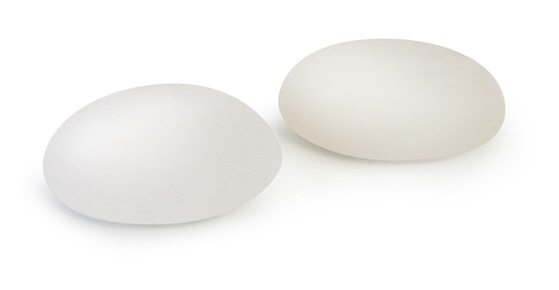
Information on silicone
Some girls and women considering breast augmentation procedure might have heard the „true“ stories about silicone toxicity or autoimmune reaction to silicone, due to gel spilling into the body. As a consequence of these rumours, about ten years ago there was a big multimedia discussion held in some western countries on account of breast enlargement surgery, resulting in unfavourable publicity concerning the use of silicone implants for breast augmentation. It was the incessant media intention to silicone gel breast implants and effort to provide the public with totally verified, new and as shocking information as possible that partly launched this „anti-implant campaign“. Disregarding all essential facts, there were claims that challenged the safety of inserting silicone into a living organism. FDA, U.S. Food and Drug Administration, published a report on silicone gel concluding: „There is no evidence that silicone gel-filled breast implants are unsafe, nevertheless, the information is insufficient to prove safety“. Despite the media hype involved, it led to the prohibition on the cosmetic use of silicone gel breast implants in the United States. This „silicone dilemma“ was provoked by a number of accusations against the manufacturers raised by women with implants, reputedly suffering from symptoms of a disease labelled as „silicone related autoimmune disease“. In spite of dubious nature of the FDA conclusions, there was a massive burst of activities, researches, statistical monitoring & discussions in the international medical community with one goal: to find out whether silicone gel-filled breast implants are safe or not. Since then there have been a lot of statements made, and a number of conclusions reached. In the UK, some of these were:
Přes bezduchost výše uvedeného vyjádření FDA probíhá od té doby v široké mezinárodní lékařské komunitě značná aktivita, výzkumy, statistická sledování a diskuse se snahou zjistit, zda jsou silikonem plněné prsní implantáty bezpečné. Na základě těchto výsledků bylo učiněno mnoho prohlášení a vyvozeno mnoho závěrů. Můžeme shrnout některé z nich uvedené např. ve Velké Británii:
- In 1992 the Chief Medical Officer informed surgeons and physicians that UK Department of Health suspected there was no reason for the prohibition or restriction on the use of silicone implants, referring to the situation in the United States.
- In April 1994, a Specialist Committee appointed by UK Department of Health concluded that there was no scientific evidence confirming the link between silicone implants and autoimmune disease or connective tissue disease.
- American College of Rheumatology (ACR) vydala prohlášení v říjnu 1995 založeném na výzkumné studii zahrnující přes 85.000 žen. Stálo zde: „silikonové implantáty nevystavují pacientky žádným prokazatelným dodatečným rizikům z hlediska poruchy pojivové tkáně či revmatických chorob. „Není žádný důvod k odrazovaní žen od zvažovaní zavedení prsního implantátu z důvodu získaní poruchy pojivové tkáně či jeho zhoršení “.
- In October 1995, American College of Rheumatology (ACR) made a statement based on an important study involving more than 85,000 women, saying: "Silicone implants expose patients to no demonstrable additional risk for connective tissue or rheumatic disease, and there is no reason to discourage women from considering breast implant surgery on the basis of acquiring or worsening a connective tissue disorder„.
- „Sensationalist news“ about finding trace amounts of silicone in body fluids, reputedly originating from the implants, should be viewed in perspective, because of the fact that silicone occurs in various forms in our environment. We happen to get in touch with silicone quite often, because it is widely used in medicine. Uses of silicone include: needle, syringe & intravenous tubes lubricants; lipsticks, suntan lotions, skin creams, hair sprays, cosmetics and even food processing. More than 1.000 medical products use silicone as a direct component or in manufacturing process - including heart valves, joints & cardio-stimulators. Thus it is not surprising that silicone traces were found within many people, even men who never came encountered silicone breast implants under any circumstance.
- In June 1998, the UK Department of Health published their findings and conclusions after the specialist board of scientists and academics completed investigations into silicone implants safety. They came to the conclusion that there was no scientific evidence linking silicone implants with disease (http://www. silicone-review.gov.uk).
Nevertheless, we must admit there were some cases when a woman after breast augmentation experienced either connective tissue disorder, autoimmune reaction or breast cancer. But even women without breast implants develop these disorders. So we can assume those women would have developed the diseases even without undergoing breast implant surgery. In order to answer responsibly, a careful statistical analysis would have to be carried out based on examining and comparing two similar groups of patients, one with and the other without implants. If the group with silicone implants contained a higher number of patients with autoimmune reaction or other disease, then a causal link might be established. At the present time, after investigating all relevant data, it seems positive that there is no scientific evidence that silicone materials in breast implants increase the risk of developing connective tissue disease, breast cancer or any other known disease.
Are there different shapes and consistencies of breast implants?
There is variance in types and shapes of gel fillings for breast implants. For a long time, all implants have been round, and today, most of them are still round. From the front view they are round, from the side, they are of half-moon shape. The consistency of most round implants is usually semi-fluid, something of a thick gel. Just a few years ago, a new cohesive silicone gel (e.g. McGhan type 410, Mentor ‘MemoryShape’) was introduced which gave the implant a new teardrop shape - a teardrop implant that follows the body’s contour. These implants are slightly taller than they are wide and are fuller in the bottom part which makes the transition from the upper chest wall to the top of the breast smoother and minimises the step-off appearance sometimes seen with the round type. Therefore, this alternative is suitable for very thin patients with small breasts and visible ribs on their chest. In comparison with this teardrop shape, round implants give the breast more circular & rounded look which is appropriate for women with sagging or emaciated breasts and empty upper quadrants of the breasts. A great advantage of the thick cohesive gel is that even in the event of rupture of the silicone shell, it is impossible for the contents to leak into the pocket surrounding the implant and to subsequently absorb into the organism. On the downside, these implants will not fit equally all breast shapes, and it will be determined by your surgeon at the consultation what type of implant you will benefit the most. Another drawback is that these implants are more expensive than the standard types and in thinner patients, the higher consistency can make the margins of the implant more palpable. However, developments continue. More recently, round implants with cohesive gel have been created which do not leak even if the implant shell wears or breaks. Besides, these new cohesive fillers are softer than the previous types and thus less palpable. Another advantage is that the round cohesive implant does not lose its shape within the pocket.
How do I choose the best size of breast implant?
Implants come in a wide range of sizes in terms of width, height & implant ‘projection’. This is important because every woman has a different shape of chest, different thickness of underlying tissue, breast muscles, tissue consistency, different breast size & width. For this reason, a good plastic surgeon must have experience and offer more than one type of breast implant size. Most patients have a rough idea of how big breast they would like in terms of bra sizes. The common objective during your consultation is to determine the right implant size which would give your breast the desired look. Surely, you can imagine that different implant sizes in different framed women give different effects. The right choice lies in choosing a size that will give your body a more balanced & proportionate appearance, corresponding both to your ideas and to current general understanding of the ideal proportions of a woman’s body. At your consultation, the doctor should take your exact breast & chest measurements so that he can suggest you the most suitable implant shape (round - teardrop shape), implant size in millilitres (at Dr. Zakout’s clinic usually varying from 250 to 350 ml), silicone gel type (softer - tougher) and also the implant manufacturer (Mentor, McGhan,). Dr. Taisir Zakout and his colleagues sometimes meet new prospective patients who refer to their friends, and consequently want the same implant size as they have, because they like their breast shape & size. Now, it is important to understand that due to the distinctness of individuals, it is very probable that the plastic surgeon will have to use quite a different shape & size of the implants in order to reach approximately the same result & breast size!
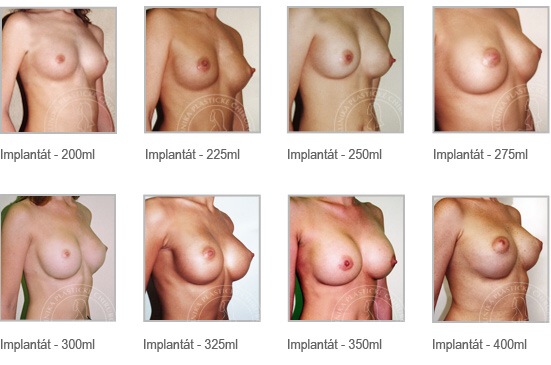
Do breast implants cause breast cancer?
There is no evidence that silicone in breast implants causes cancer in the human organism. On the contrary, recent studies have shown that the occurrence of breast cancer is 30% less in women with implants than in those with normal breasts.
Does breast augmentation interfere with the detection of breast cancer?
The biggest concern for women considering breast augmentation through breast implants is probably is the possibility of late detection of breast cancer. For implants may hinder the penetration of radium rays into all breast locations which in practise could result in worse detection of abnormalities in breast tissue. However it is important to realise that mammography techniques, ultrasound and other examinations have improved over the last few years so much that it enables to carry out a total breast examination disregarding the presence of implants. In case of a mammogram, the radiographer should be informed about the implants so that less pressure will be exerted on the breasts and a special display (Eklund) will be used for accurate radiological evaluation. Still, you should realise that, regardless of the presence or absence of implants, 10-20% of breast cancer occurrences are invisible to x-ray examinations. Therefore the key moment for early breast cancer detection is either breast self-examination or physical medical check-ups within routine exams (your GP, gynaecologist, mammologist). A prerequisite for early detection of breast cancer is a regular monitoring of women with a positive family anamnesis for breast cancer (so-called dispenzarisation). In conclusion, implants do not help radiologists with the task of detecting breast cancer but they do not prevent them from performing it, either.
How long will breast implants last?
Like all artificial products, breast implants will not last forever. In spite of being very resilient & resistant to even extreme pressures, they are subjected to daily wear & tear over time. Breast implant rupture is rare. However, clinically this may be worse detectable due to capsule formation. Therefore, all patients with implants are strongly recommended to visit us for an examination every year and roughly every five to seven years go for mammological and ultrasound examination. In case mammographic examination is also required, it is carried out by specialists - mammologists. There are a number of quoted figures as to how long breast implants last. The average number is around 20 years. The quality of breast implants is steadily getting better. It is not so long ago that Drs. Zakout & Lucák informed their patients that their implants would last about ten years. It is true that there are variations in the wear and & tear among different women. Obviously more in women exposed regularly to extreme physical exercise for many hours a day (e.g. aerobics instructor, marathon runner, regular horse riding, workwoman at running belt, waitress etc.) Generally speaking, if a woman does not have any problems with her implants & breasts, and goes for regular check-ups, she can keep her implants all her life.
What does breast augmentation surgery involve?
Breast enhancement surgery is carried out under general anaesthesia and with 24-hour hospitalisation. The surgeon gets through the incision to create a cavity big enough for the implant either under the breast gland or under the muscle (according to what was found more appropriate). Supposing the consultation did not determine the right implant size, an empty inflatable balloon is put into the pocket. Then, it is filled with sterile water and the volume is measured in millilitres. When the right breast size is reached, in accordance with the patient’s wish, anatomical possibilities & overall cosmetic appearance, the ball is released and remaining blood drained, the implant of corresponding volume is inserted. Implants are symmetrically placed into appropriate height & distance, the result is checked and finally corrected with the patient in half-sitting position. The surgeon now goes on to suture the muscle, gland & skin, attach elastic bandage and drain tubes taking the remaining blood from the cavity. The patient is transferred onto a bed where she is provided with professional medical care as well as analgesics & antibiotics for the hospitalization period.
Where can you place the incisions?
Generally, there are three kinds of incisions for breast implant insertion. The infra-mammary incision is made under the breast just above the crease line (infra-mammary fold). Its length is about 4cm-4.5 cm. It is naturally hidden by the breast fold, or by clothes, bra and bikini top. There are several advantages to this incision. It offers immediate access to the place where the implant will be inserted, it is possible to create accurately an appropriate size and shape of the pocket for the implant, easily stop bleeding, closely watch the position of the implant within the pocket, and even in the case another surgery is required, it gives a good view. The disadvantage is that in women with small breasts, it is likely to be visible without clothes and considering the fact that breast augmentation makes the crease line change its position, it is possible that the scar will be above or below the new infra-mammary fold. Another method is the peri-areolar incision performed around the lower edge of the areola (the darker skin around the edge of the nipple) - on watch the track from 3 to 9 number. It also gives a very good opportunity for creating the pocket either above or below the muscle. The greatest advantage is that in the case of sufficient areola diameter, the scars tend to be almost imperceptible. On the downside, loss of sensation in the nipple area is experienced by 5% of patients and there is the possibility of temporal scar drawing-in after surgery (will be relieved by massages). This approach is the most popular with patients at our clinic, 80% of all women receiving breast augmentation experienced this incision type. The third type, the axillary incision, is situated into one of the crease lines of the armpit. We use this type the least often as in some patients it is more complicated to find a proper position for the implant, it is difficult to reliably stop post-operational bleeding, the possibility that the implant will move upward to the collarbone is higher, the scar is usually more rough and of worse quality because of sweat glands. Furthermore, in the event of complication, another surgery is likely to be very complicated and new entry may be required. Even though some patients think this incision is the least conspicuous, in sleeveless tops or swimsuit it is almost impossible to hide them. Regardless of the incision position and the scar quality, it must be emphasised that the scar is permanent! The scars are very red and tough for about 3 months after surgery. Then it is advisable to give them massages according to instructions. It can take a year and more for a scar to fade. Various scar creams and Bioptron lamps are available or you can use laser to make the scar smooth. But they will never disappear. No responsible surgeon can accurately predict the appearance of a particular scar.
Where is the implant inserted? Above or below the muscle?
Basically two breast implant positions (pockets) exist:
1) Subglandular (below the breast gland above the muscle)
In the Czech Republic, placing the breast implant below the gland (above the muscle) is probably the most common position. The disadvantage is that the outline of the implant may be very striking or sometimes visible in very slim women. In such cases, it gives the upper part of the breast a „step-off“ look or the impression that the breasts stick on the chest like balls. Another main drawback is that the breast droop gets worse with time and the breasts get thin because of the implant weight. This results in rippling at the margins of the breast and „bag-like“ appearance. At Dr. Zakout’s clinic, very slim women and women with very small breasts will be definitely advised to choose „below the muscle“ breast implant position! However, there are some breast shapes more suitable for the sub-glandular position (below the gland). These are small breasts with a thick hypodermic and muscular layer and sagging breast after weight loss or pregnancy. In these situations, it is better to place the implant above the muscle so that it efficiently shapes the breast and fills the skin envelope of the breast. In the case that the breast droops so much that the nipple is below the breast fold, the only appropriate solution is to apply another breast reshaping surgery (mastopexy) - to move the nipple back upwards, reduce the skin envelope size and only now it is reasonable to install the implant. In this event, inserting implants would be a big mistake! But this will be discussed within the consultation with your plastic surgeon.
2) Sub-muscular (below the muscle)
Another approach is the sub-muscular implant position into the space between ribs and pectoral muscles. The advantage of this placement is providing an extra thick layer of coverage overlying the implant, they are therefore less palpable. Even after many years the breasts keep approximately the same shape. What is more, this placement reduces the number of visible breast wrinkling caused by the fibrous capsule rippling around the implant. Another plus is that mammography is said to be a bit more effective. The disadvantage is about three-days postoperative soreness. Below the muscle implant position does not impose any physical activity limitations.
What anaesthetic is used and how long does the surgery take?
The surgery is performed under general anaesthesia and usually requires an overnight stay in our clinic. This procedure takes about 1 hour, to 90 minutes.
Is it painful?
You will feel some pain after breast augmentation. It is always difficult to say how much pain an individual will experience. It largely depends on your pain threshold and on the location of the pocket created for the breast implant. While some women find this surgery extremely painful, others claim they felt just a normal pain following the operation. Placement of the implant under the pectoral muscle brings a greater degree of pain since the muscle must be cut. Above the muscle position carries only average pain. Generally speaking, most women experience a moderate degree of pain for 3-5 days, which will require regular taking painkillers. After this period however there is an appreciable improvement in the symptoms and painkillers are not necessary anymore.
What happens after surgery?
Your breasts will be swollen postoperatively and even bruising may occur after several days. This usually subsides in about two to three weeks. Sometimes the swelling might be different between the two sides. It is normal and fades over time. However if a marked difference between the two sides occurs, you will have to contact us. Following the operation, your breasts may seem to be placed quite high. This is normal too. Within the first two months after a procedure the implants will gradually drop and settle because of the effects of gravity into a more natural position. Do not panic if one side settles quicker than the other for this sometimes happens. Following the procedure you will have an elastic dressing on your chest. After two weeks your dressing will be removed and then you will be required to wear permanently a special bra (even at night) for two more months. No stitches will be removed since they are dissolvable. Generally, swelling subsides after 2-3 months. Loss or change in nipple or breast sensation will be gradually regained, but it will take about 3 months. Natural softness of breasts will come within 6-12 months.
What consequences can I expect?
Nipple & breast sensation changes may occur, either decrease or increase, and even an entire loss in sensitivity in the breast area was registered. Most patients experiencing these changes report only a temporary change which soon recovered. The length of recovery varies from 3 to 18 months after surgery. Feeling more pain in one breast than in the other is a common phenomenon following surgery. Similarly, after a longer postoperative interval a stronger feeling of tension, pressure and slight pricking in one breast can occur. Breast augmentation, irrespective of the implant and incision position, does not interfere with the ability to nurse a baby. However, breast feeding linked with enlarging and shrinking of the breasts might have a negative impact on the breast shape acquired after surgery. You should realize that not all women can breast feed properly, regardless of whether they have implants or not. Rippling of the skin around the implant may be experienced by women with thin or insufficient glandular tissue. It does not cause any medical troubles, but has an undesirable aesthetic appearance. It can occur in any place in the breast area. In order to minimize this effect and if it is essential, you will probably be advised to choose the sub-muscular positioning, as mentioned before. You must understand that even if these precautions are taken, the rippling can still appear and if it does, the removal is likely to be very difficult if not impossible. The margins of the implant may be palpable in slimmer women following breast enhancement surgery. In these events the implants are usually feelable at the lower part of the breast close to the under-crease. It does not mean any medical implication either, though some women, not realizing what it is, suddenly become concerned about feeling a „lump“ in their breast. Still, in any case of uncertainty you should always contact your plastic surgeon and have it examined. There is no risk of a breast implant exploding or breaking, not even during swimming, scuba diving or flying in a plane.
Pregnancy - breast feeding and implants.
Implants do not reduce the ability to breast feed and there is no need to stop lactation because of them. If you become pregnant after surgery, your breast tissue will undergo normal hormonal influences of this period so that your breast will grow large and the skin will stretch adequately. Similarly, after you stop breastfeeding, your own breast tissue will shrink again. The degree of these changes is unpredictable, still, the breast implant volume will remain the same during this period.
What are the scars like?
Scars are not a complication but a normal event after any surgical intervention. Fortunately the scars left after breast augmentation are short - about 4 cm in length. You should always expect them to be at first red, swollen, lumpy and itchy but with time the firmness should fade. This is the natural course of the healing process. It is advisable to practise daily pressure massages within 2 months after surgery which will speed the softening and fading of the scars. However you must realise that the quality of scars is individual and no responsible surgeon will ever promise „invisible“ scars or be able to predict any scars final appearance.
What complications may arise?
All surgery carries some uncertainty and risk. When a breast augmentation surgery is performed by a qualified plastic surgeon, complications are not so frequent and even if they do occur, they are usually minor. However, individuals vary in their anatomy, healing abilities and the effect is never fully predictable. These involve infection and haematoma. Infection may appear in spite of standard administering of antibiotics either during surgery or in the postoperative period. One per cent of patients develop this complication. Postoperative symptoms such as pain, redness, swelling or fever should be reported immediately to your doctor. Infection that remains not reported and untreated can easily interfere with the success of any surgery. Should infection be serious and not subside after antibiotics, removal of the implants will be necessary and replacement will not be possible until the infection has cleared. Bleeding from blood vessels can happen, despite the stoppage of bleeding during surgery results in swelling and sometimes even haematomas around breasts. If the blood leaking is minor, your body will be capable of absorbing it in time. If it is more serious, it may be required to remove the haematoma under strict sterile conditions. Your surgeon will be able make a judgement about this. For this reason, tubes for draining blood are kept for 1 or 2 days after surgery.
Capsular Contracture (hardening)
A capsule or scar that always forms around the implant is a layer of scar tissue that commonly forms around any artificial material placed into the body. It is important to realise that this is the natural response of the body to foreign material. Usually the capsule is so soft that it is practically undetectable and thus does not affect the implant in any way. Capsular contracture or hardening appears when the scar surface gets thick. A thick scar is more prone to shortening. Therefore it shrinks-around the implant, squeezing it so much that it begins to feel firm, or in some cases, quite hard, and visible breast rippling in some parts occurs. Most capsular contractures reported today stem from the soft and smooth silicone shell of the implants used some years ago. Modern textured shell implants have brought a significant reduction in the occurrence of capsular contracture. „Under the muscle“ implant position made another contribution to this reduction.
What is the recovery period?
Although you are able to gently walk about and do very light activities from the next day, it is advisable to avoid any strenuous exercise involving upper limbs and stomach during the first 10-14 days. Any excessive stretching & lifting can shift the implant or make the incision-site or pocket bleed. Depending on the particular job women are advised to go back to work after 2 weeks following surgery. Should the case be very hard physical work, then preferably 3 weeks. Light lower limb exercises can usually be commenced after three weeks. Upper arm exercises and swimming can begin after six to eight weeks. When practising these activities, always try and wear a good sports bra. Driving is allowed after two weeks. A very gentle sexual activity may begin after two weeks although only soft touching breasts is advised at this stage. More intense handling can be received only after two months!
If I have flown, or travelled overland, to Ostrava to have this treatment, how soon can I travel back to my home country, and what does it mean for follow up visits?
For this procedure, you will be required to arrive at Cleopatra Clinic in Ostrava, at least ……(hours/days), before your operation, so that you can be prepared in the clinic. You (will/will not be) be required to stay over-night, on the night before your surgery, at the clinic. Immediately after your surgery, you will stay recuperating at Cleopatra Clinic for …....(hours/days). After completing this short Clinic-stay period, you must stay in your (hotel/apartment above Clinic) in Ostrava area for at least…..(hours/days), to comply with post-op check-up & bandage changes. After this period, you are fit to fly or travel overland, back to your home country. Your Cleopatra Clinic surgeon will advise you, at consultation, or during your initial phone call/email to us, about the possibilities of you arranging with a doctor in your home-country to perform final bandage-change/stitches-removal, where relevant. (Also, please do pay attention to your Cleopatra Clinic surgeon’s advice regarding necessary medical preparation documents you’ll need, before you travel to Ostrava, such as EEG, blood-tests, and chest x-ray, where applicable, for this type of operation.)
Can I travel to Ostrava as part of a holiday, and incorporate my first consultation at Cleopatra Clinic, into that holiday?
Of course you can! We have had several satisfied clients already, who dropped by our clinic to register their interest & intent to have an elective operation with us, and who’d actually been on vacation in the West Poland/East Czech Republic area. They had heard that Czechoslovakia is actually the birthplace of many historical advances in plastic surgery; and whose surgeons continue to teach and make advances in this area of medicine, finding new techniques which are then adopted & emulated by other surgeons all over the world.
There are many people who come to this part of the world to enjoy Poland’s Zakopane, Katowice, & Krakow, and Prague in Czech Rep., who made the trip to us, to make enquiries! Ostrava itself is a great little city, with a proud tradition of hardworking people, nestled in the west Silesia region. Many German, British, Danish and other European nationalities enjoy visiting this area, and find it a pleasure to travel on the Ostrava trams! With airlines such as Germanwings, Wizzair, Ryanair, easyJet and others, it is possible and more than convenient to travel here to enjoy the scenery, the delicious local cuisine…and 500mls mug of delicious local Ostravar beer! Ostrava itself is undergoing a regeneration, and there are several top class new shopping malls you can visit, if so inclined. Also, go onto ‘trivago.com’, and get really great deals on hotels in every price range!
Summary
Our services
Write us
We will call you in the shortest possible time (within 1 hour).

